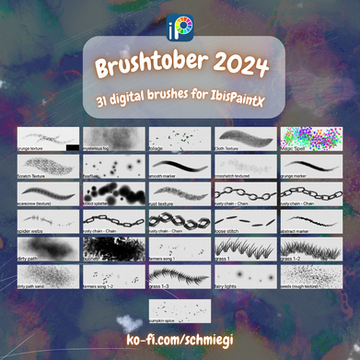HOME | DD
 SquidySpecsOfficial — EVEN MORE CEPHALOPODS
SquidySpecsOfficial — EVEN MORE CEPHALOPODS

Published: 2020-06-16 04:30:32 +0000 UTC; Views: 6724; Favourites: 92; Downloads: 1
Redirect to original
Description
Info for all of the creatures:The Cuttleray: This cuttlefish descendant has become a top predator in benthic environments. This creature uses it's large fins to move elegantly, almost hypnotically through the tropical waters it inhabits. The juveniles of this species posess magnificent colors reminiscent of poisonous flatworms.
The Flare Squid: These small deep sea squid swim in large shoals, thousands of meters below the waves. Unlike most sea animals, these squid can see red light and use it to their advantage. They can communicate with bioluminescence without most predators seeing their signals. In the event that a predator attacks, the squids can shoot glowing ink as a distraction similar to Firefly Squids.
Balloon Octopus: This pelagic octopus drifts peacefully in deep open seas. They most commonly eat jellies and zooplankton. These octopodes store poisons gathered from their food inside their large ink sacks. If a predator attacks, the octopus will deflate rapidly, spewing noxious ink. This octopus has such a low metabolism it can go without eating for months.
Gill Biter: Gill Biters are parasitic squids only growing a few centimeters long. Their planktonic paralarva state ends once they slip inside a larger cephalopod's mantle cavity. Using their spindly arms and tentacles they wrap around the gill tissue of their host. Then, they insert their modified peircing beak, and suck the poor animal's blood. Despite how horrible this sounds the creatures affected by this parasite usually never feel any pain because of how small Gill Biters are.
Sponge Eater: The Sponge Eater is a small tropical octopus that eats sponges among other sessile animals such as tunicates. It does this using it's blunt sea turtle-like beak that has enough power to bite a human finger in half. These octopodes can spend days chomping on a large sponge, sometimes even dying of exhaustion.
Bobbit Squid: The Bobbit Squid is a long slender squid that uses it's shovel-like arms to burrow itself in the sand. It then waits to ambush an unsuspecting cephalopod swimming by. This squid has obviously convergently evolved with the Bobbit worm hence the name. However unlike that polychaete, this squid is a lot smarter. It has been known to collect shells and place them near their burrows to attract mates.
Skimmer: Like the name suggests, the Skimmer travels across the surface of the open ocean. These Nautiluses use their powerful siphons and sails to dart quickly across the water. Using their powerful senses of sight and smell they will zoom past and grab plankton, shrimp, jellies, and other animals. The Skimmer is one of the fastest sea animals ever, rivaling the speeds of Tuna and Marlin. The Skimmer is poisonous and only has one predator, the Delta Squid.
Delta Squid: This squid hunts in packs of 2-4 eating anything that moves in the open waters it inhabits. The Delta Squid is the fastest ocean animal in the world, jumping out of the water at 80mph to catch flying squids. They're also one of the only animals that are immune to the Skimmer's poisons. When the Delta Squid catches a Smimmer it will squeeze itself into the shell and tear through all of the meat with it's sharp beak. These creatures are ravenous and will even attack their own species if provoked.Shoal Mimic Octopus: When this octopus is born it will swim in open water eating plankton for months. Once it's big enough, the octopus will stick onto a rock, camoflauging with it.
The Shoal Mimic Octopus has specially colored arms that resemble a smaller cephalopod. When a predator comes by for a tasty meal the octopus will grab the confused prey and drag it to it's den. This Octopus's arms are impotant for it's survival so if a large animal gets too close the octopus can retract it's arms and ink.
Sea Daffodil: Unlike it's ancestors, this squid isn't very smart. The Sea Daffodil is blind because it doesn't need to see to hunt. The Sea Daffodil's long arms are sticky and will catch anything that gets too close. The Sea Daffodil is very similar to the Sea Anemone and has outcompeted the cnidarian in some environments. Most Sea Daffodils are much larger and unlike Anemones they aren't photosynthetic.
#Speczoo #SpeculativeEvolution #squid #octopus #cuttlefish #nautilus #cephalopod
Related content
Comments: 5

👍: 0 ⏩: 0

👍: 1 ⏩: 0

👍: 0 ⏩: 1

👍: 0 ⏩: 1

👍: 0 ⏩: 0

























